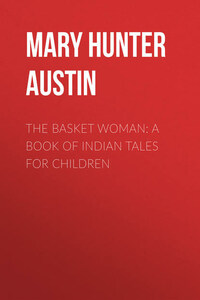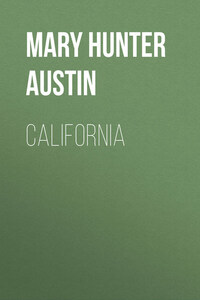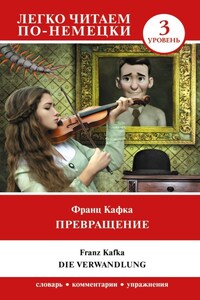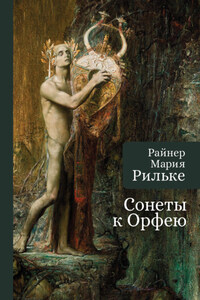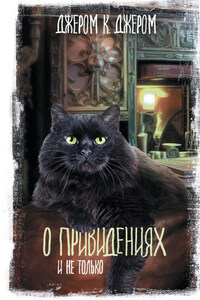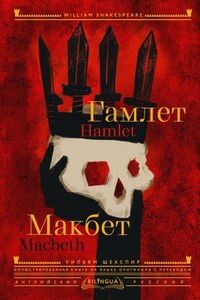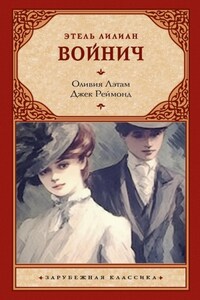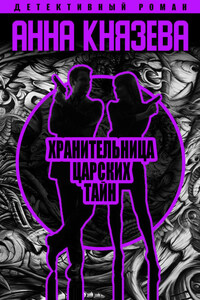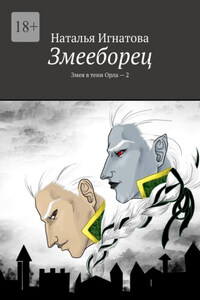In preparing this volume of western myths for school use the object has been not so much to provide authentic Indian Folk-tales, as to present certain aspects of nature as they appear in the myth-making mood, that is to say, in the form of strongest appeal to the child mind. Indian myths as they exist among Indians are too frequently sustained by coarse and cruel incidents comparable to the belly-ripping joke in Jack the Giant Killer, or the blinding of Gloucester in King Lear, and when presented in story form, too often fall under the misapprehension of the myth as something invented and added to the imaginative life. It is, in fact, the root and branch of man's normal intimacy with nature.
So slowly does the mind awaken to the realization of consciousness and personality as by-products of animal life only, that few escape carrying over into adult life some obsession of its persistence in inanimate things, say of malevolence in opals or luckiness in a rabbit's foot, or the capacity of moral discrimination against their victims residing in hurricanes and earthquakes. The chief preoccupation of the child in his earlier years is the business of abstracting the items of his environment from this pervading sense, and ascribing to them their proper degrees of awareness. He arrives in a general way at knowing that it hurts the cat's tail to be stepped on because the cat cries, and that it does not hurt the stick. But if the stick were provided with a squeaking apparatus he would be much longer in the process, and if the stick becomes a steed or a doll it is quite possible for him to weep with sympathetic pain at the abuse of it.
He sees the tree and it is alive and sentient to him; you cut a stick horse from its boughs, and that is separately alive; cut the stick again into two horses, and they will prance whole and satisfying. Later when the game is played out, the stick may burn and furnish live flame to dance, live smoke to ascend, live ash to be treated with contumely; all of which arises not so much in the mere trick of invention as in the natural difficulty in thinking of objects freed from consciousness, almost as great as the philosopher's in conceiving empty space. There is a period in the life of every child when almost the only road to the understanding is the one blazed out by the myth-making spirit, kept open to the larger significance of things long after he is apprised that the thunder did not originate in the smithy of the gods nor the Walrus talk to the Carpenter. Any attempt, however, to hasten the proper distinctions of causes and powers by the suppression of myth making is likely to prove as disastrous as helping young puppies through their nine days' blindness by forcibly opening their eyes. You might get a few days' purchase of vision for some of them, but you would also have a good many cases of total blindness. What can be done by way of turning the myth-making period to advantage, this little book is partly to show.
Of the three sorts of myths included, about a third are direct transcriptions from Indian myths current in the campodies of the West, but it must not be assumed that myths like The Crooked Fir and The White Barked Pine are in any sense "made up," or to be laid to the author's credit. Since the myth originates in an attitude of mind, it must be understood that, to the primitive mind, nearly the whole process of nature presents itself in mythical terms. It is not that the Indian imagines the tree having sentience – he simply isn't able to imagine its not having it. All his songs, his ceremonies, his daily speech, are full of the aspect of nature in terms of human endeavor. The story of The Crooked Fir was suggested to me in the humorous comment of my Indian guide on one of the forks of Kings River, the first time my attention was caught by the uniform curve of the trunks, and he explained it to me. The myth of The Stream That Ran Away might arise as simply as in the question of a child who has not lived long enough to understand the seasonal recession of waters, wishing to know why a stream that ran full some weeks ago is now dry. And if his mother has had trouble with his straying too far from the camp she might say to him that it had run away and the White people had caught it and set it to work in an irrigating ditch, "and that is what will happen to you if you don't watch out" … or she might draw a moral on the neglect of duty if the occasion demanded it … or if she were gifted with fancy, tell him that that was it which fell on us as rain in Big Meadow, and it would return to its banks when it had watered the high places. But whatever she would tell him would have an acute observation of nature behind it and would be stated in personal terms. It is so that the child begins to understand the continuity of natural forces and their relativity to the life of man.
There is a third sort of story included with these, which aside from being of the stuff from which hero myths are made, —
